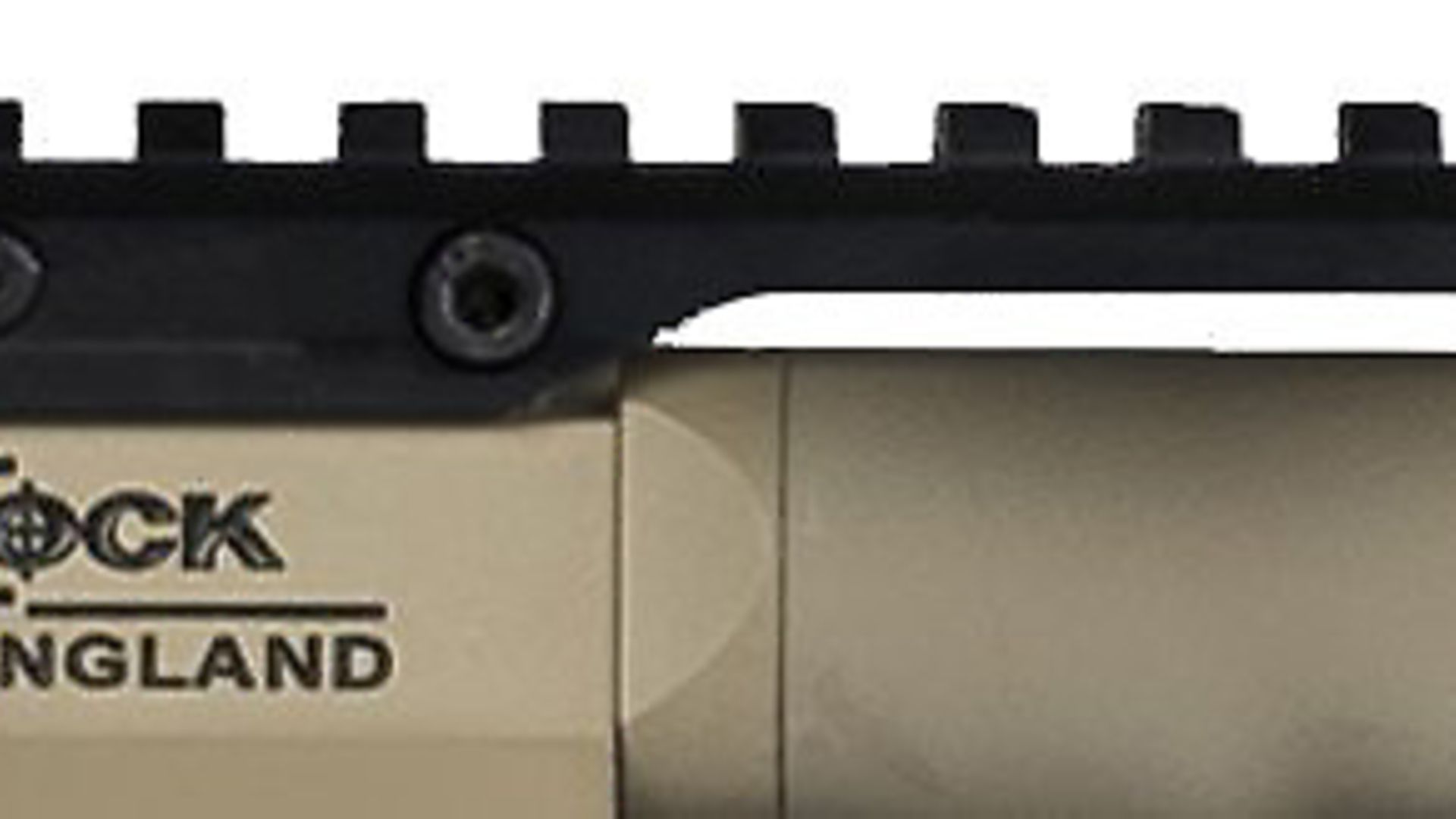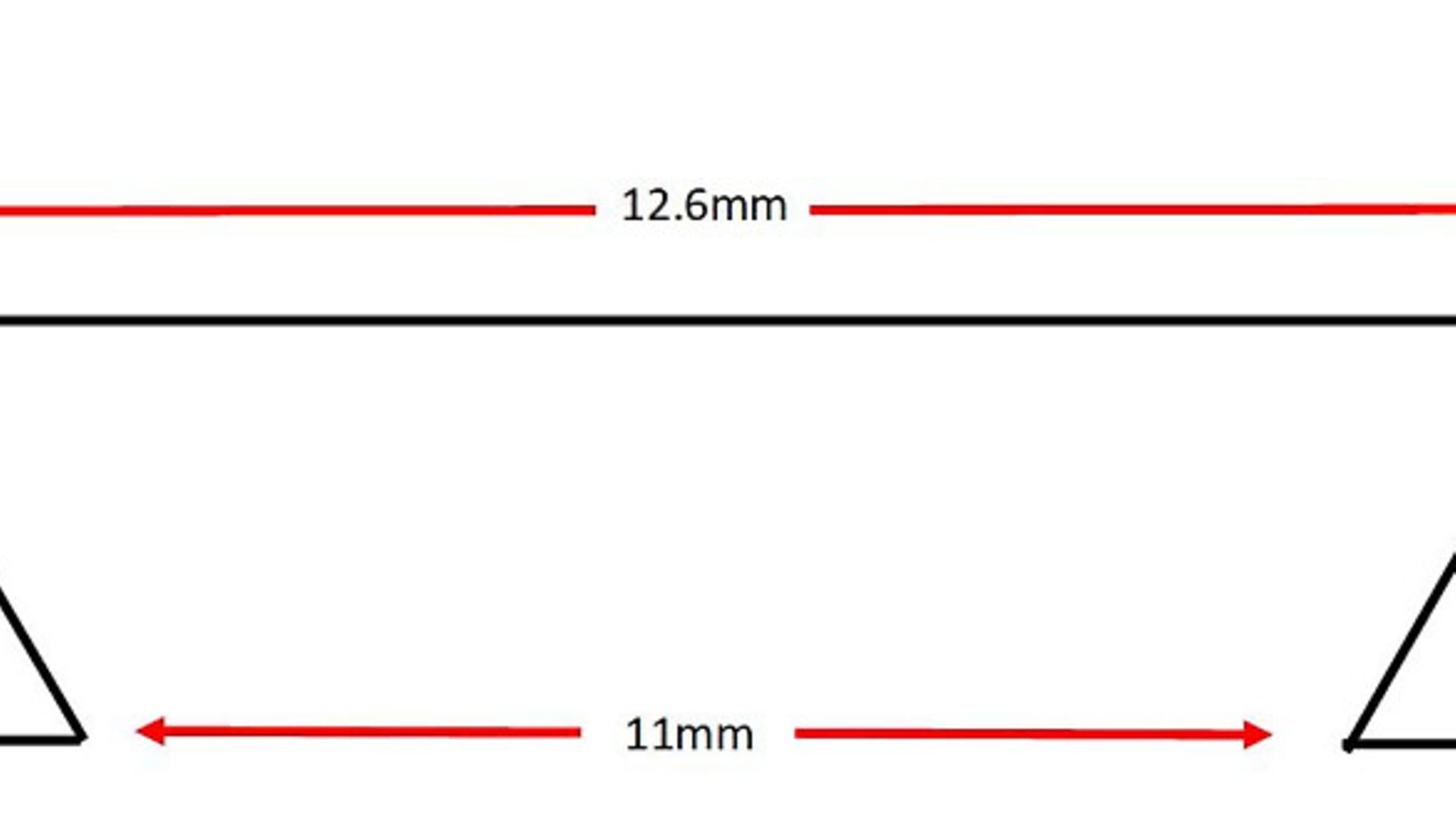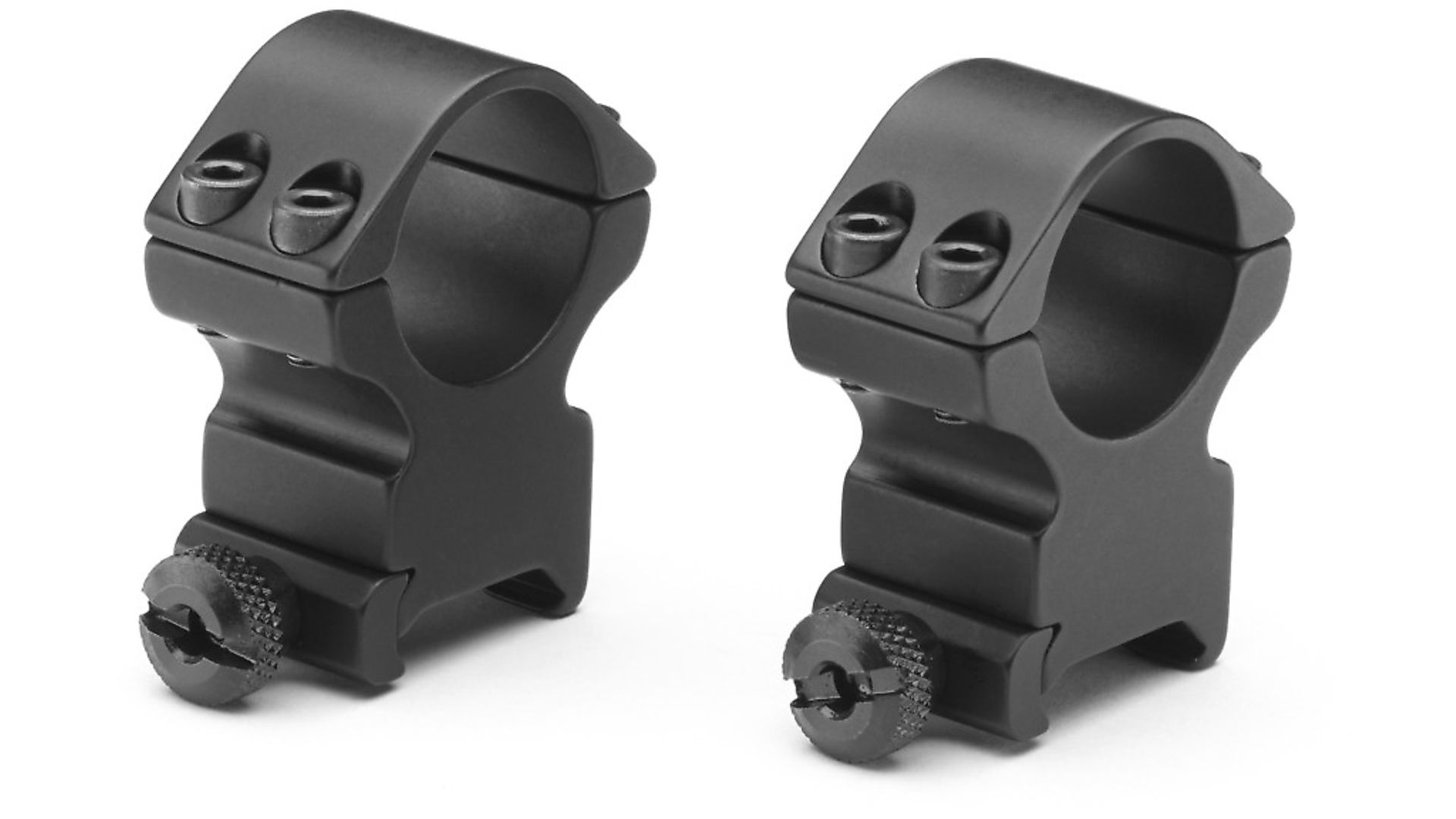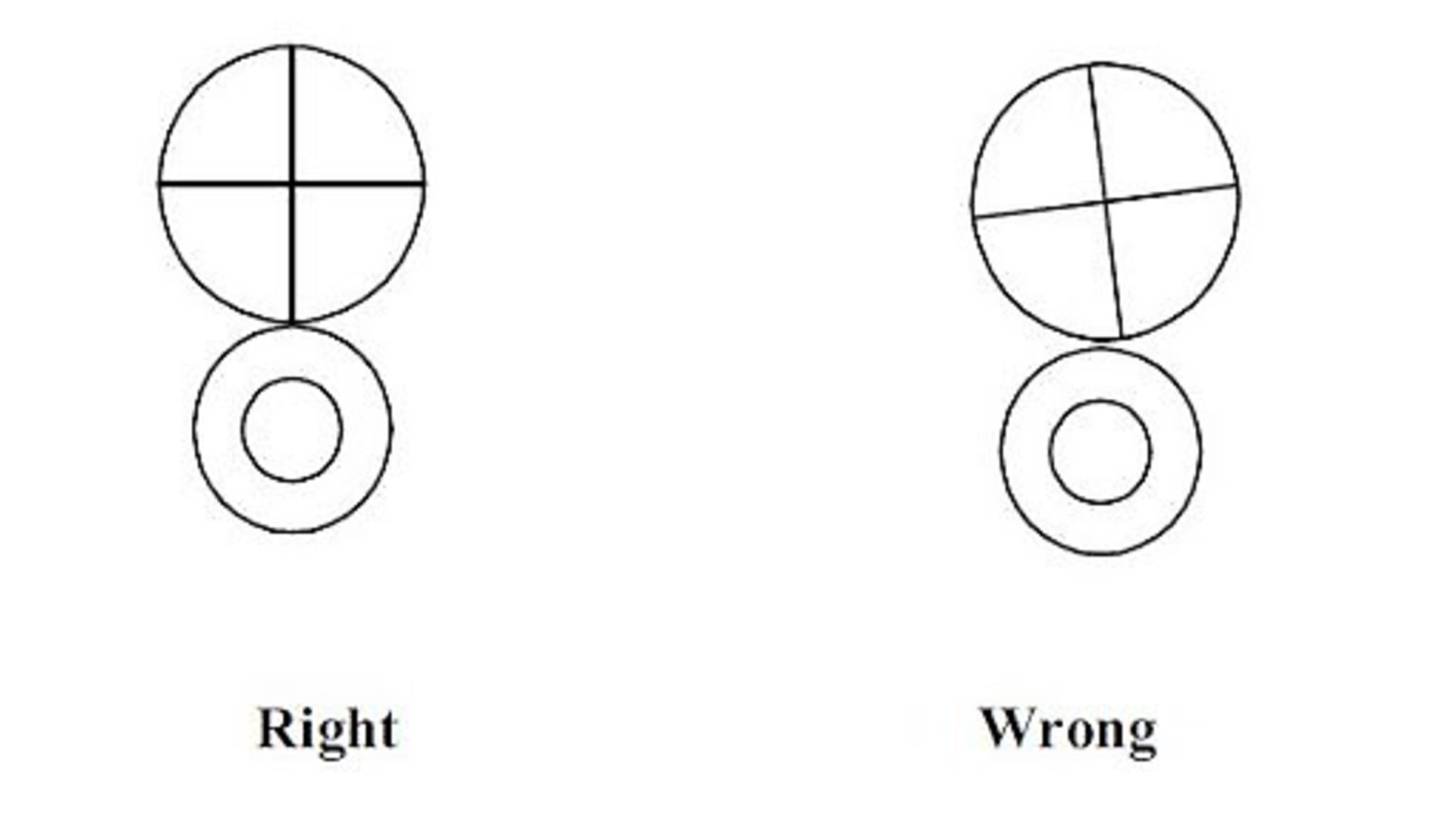The first in a two-part step-by-step guide to mounting a scope to your air rifle; The Good Scope Guide continues with “how to mount your scope”
Check out our new YouTube channel - Shooting & Country TV - for airgunning tips, reviews, how-tos and more from our expert team of contributors!
Above: Umarex Colt Python .357 Magnum pistol review!
Read Part 1 of The Good Scope Guide which looks at the different elements of a scope, where they are and what they do!
Fitting a rifle scope should be straightforward, but like most things it can always be bettered with a little research, and you’re in luck because the highly experienced team at Airgun World has carried out this research for you and packaged it neatly into this two-part article. Remember, the scope is the guidance system you’ll depend on to land those pellets exactly where you want them. Every bit of extra care you take during the following process will be extremely well invested. This is not the time to hurry or take shortcuts. Let’s begin by taking a look at the main components required.
 credit: Archant
credit: Archant
Picatinny or dovetail rails?
There are two sizes in common use; the industry standard 11-12mm, and the newer to airguns, Picatinny, sometimes referred to as the Weaver.
The 11-12mm rail: This is the dovetail, or ‘inverted trapezoid’ shape, used as a base to mount a telescopic sight. There is no written standard, so sizes do vary from make to make. Originally referred to as a ‘3/8th dovetail’, these days it’s usually called a 11-12mm rail. On modern airguns this is usually based around half an inch across the top and has a 60-degree slope down to an 11mm base. This varies from manufacturer to manufacturer, which causes some headache for scope-mount designers who must take these variances into consideration.
The Picatinny (20mm) rail: Here at least we have a standard and if you want to look it up it is STANAG 4692, which gives a specification and dimensions from which manufacturers can work. There are other standards as well, and you will sometimes hear the word ‘Weaver’. Picatinny does refer to the manufacturer of an earlier mount, but these days if you use the word ‘Picatinny’ or 20mm mount, most people will know what you are talking about. Picatinny has very distinctive slots, which are used to locate the mount into a slot. Designed to stop recoil moving the scope, it nevertheless helps to locate a scope back to a previous position if it is removed. This could be useful on a recoiling spring gun, where this type of rail is rarely used, but it’s unnecessary on a PCP. However, many night and thermal sights come bundled with Picatinny mounts.
 credit: Archant
credit: Archant
Which scope mounts to use?
In the UK, we are lucky enough to have Sportsmatch mounts, whose designs dominate the market. They come in low, medium, and high models, and match the tube diameters of 25 and 30mm, depending on which scope you have chosen.
Low is only really suitable for scopes with a very small front objective, such as 32mm, but you hardly see any of these, so that brings us to medium for a scope up to 44mm objective, and all the rest usually need a high mount; for scopes with 60mm objective there are extra-high mounts available.
The Sportsmatch design has become the industry standard with its side-mounted clamp, and you would think that with this side clamp it would misalign with different sized rails. Well, it does, but not so much as you would notice. Sportsmatch also makes a mount that adjusts for windage and elevation.
 credit: Archant
credit: Archant
How to fit a scope to a rifle
Probably the easiest and quickest way is to fit the scope to the mounts and then the mounts to the rifle, leaving everything slightly loose. Then position the scope in its mounts on top of the rifle. It is easier to have the rifle upright and immobilised, either in a vice, Workmate, or propped up on sandbags; this leaves your hands free to do the adjusting. Once it’s in position, you can move the scope backwards and forwards to get correct eye relief, magazine clearance (if fitted) and the reticle upright.
 credit: Archant
credit: Archant
how to achieve the right eye relief on a scope mount
Most scopes have an eye relief - the distance from the rear lens to the user’s eye - of around 45mm, but it does vary, and there are scopes that come in as close as 16mm. There is no one perfect position. If you do a lot of standing shooting you will need a position much further back than if you do a lot of prone shooting. Usually, it’s best to set the eye relief as a compromise – the middle position, and that is kneeling, or the shooting position you use the most. On a recoiling rifle, always make sure the eye relief you set will allow sufficient clearance between your eye and the scope during recoil. You do NOT want to find out the hard way about insufficient eye relief.
 credit: Archant
credit: Archant
how to align the reticle on your scope
The diagrams show the right and wrong ways in the relationship between the sight and the barrel. Place your gun in a vice, Workmate, or sandbags. You should now place a spirit-level across the flat part of the scope rail and adjust the rifle until it is level. Look through the sight and without moving the rifle, rotate the scope until the vertical cross hair aligns with a distant vertical object. You can hang a weight on a rope to create a vertical reference for your cross hair. It can help if you have a zoom scope to zoom out at the point. All screws should now be tightened just over a quarter, turn or 49 lb/in torque, if you want to be totally technical.
Part 2 to come!
 credit: Archant
credit: Archant
 credit: Archant
credit: Archant
 credit: Archant
credit: Archant